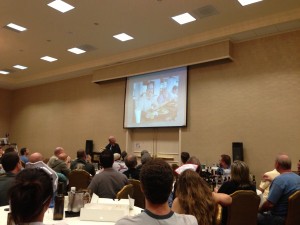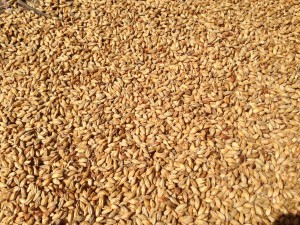Late last year, I attended the Dixie Cup in Houston. One of the speakers was Dr. Chris White, the founder of White Labs Yeast. He spoke about several things White Labs was doing, including opening a tasting room, but for me the most interesting part of his talk involved some experiments with yeast strains and IBUs.
White and his staff made up a standard wort, with a known (calculated) level of bitterness, and fermented aliquots of it with each of the White Labs strains. Each beer was then analyzed for its actual level of bitterness (in IBUs). He then compared the measured IBUs to the predicted IBUs for each strain. If the two were equal, the beer was given a score of 1. If the measured IBUs were less than the predicted IBUs, the beer received a score between zero and one. For example, if the beer was expected to have 100 IBUs, but only had 80, the beer would be given a 0.8. (Note: the experiment wasn’t done with 100 IBU beers, I just used that number as an example because it’s easy to see how the proportions worked out.) And if the beer was more bitter than predicted, the beer received a number over 1.








Recent Comments